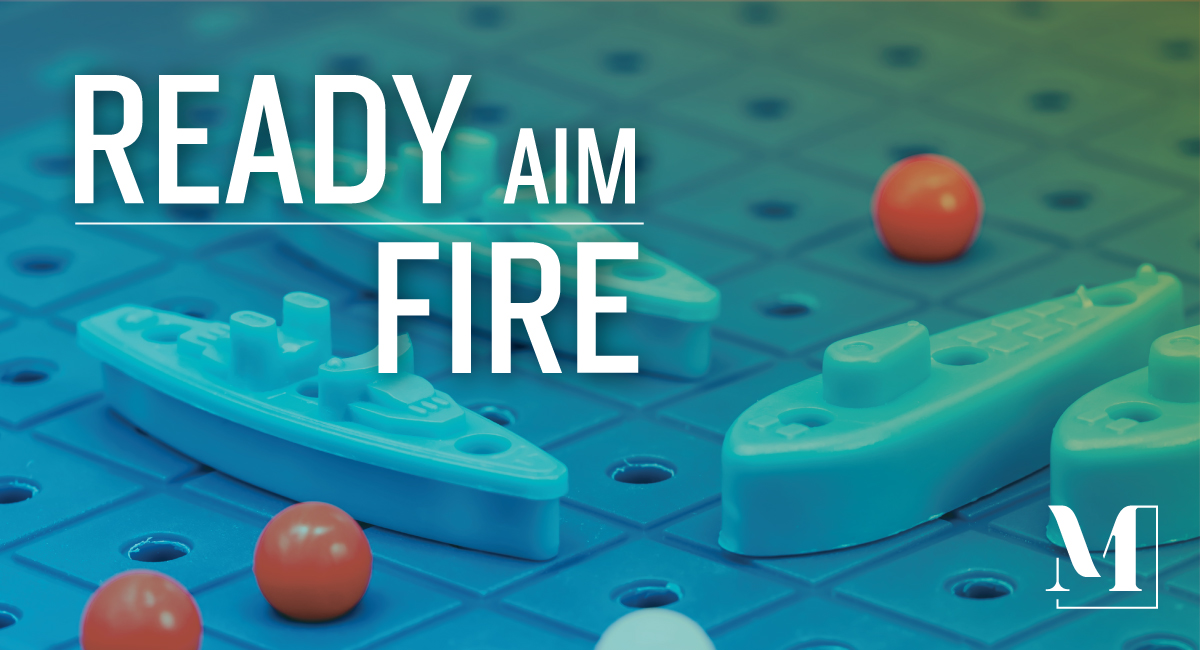It’s no secret that the world is becoming more complex. Technology is advancing, supply chains are complicating, natural disasters are becoming more frequent and society and culture are becoming more nuanced. Now more than ever, companies can be impacted by something that happens next door or across the world.
Twenty years ago, there was no social media. Today, almost 70 percent of US adults are on Facebook, the majority of those using it every day. Information and public opinion now travel instantaneously, and a person who had a single bad experience can now set off a reputation risk with just 280 characters. In 2016, one in five public relations disasters broke on Twitter. This doesn’t just ensure that people in close proximity to the issue find out faster, it means the world now knows about the issue.
It’s not that business owners or corporate leaders haven’t given any consideration to potential crises, it’s that they haven’t given enough consideration to potential crises or considered all that may happen as a result. Knowing that they could happen is different than preparing for them to happen. As Ben Franklin said, “By failing to prepare, you are preparing to fail.”
A key step in crisis preparation is identifying the events that may impact your company, another is understanding how these events could compound and spiral into a greater issue. Take for example Chipotle’s food safety crisis:
- August 2015: Norovirus affects around 100 Chipotle diners.
- September 2015: 45 people in Minnesota were sickened with Salmonella.
- October 2015: 22 diners in Washington and Oregon become sick with E. coli.
- November 2015: Chipotle closes 43 restaurants; a federal investigation begins.
- December 2015: A second E. coli outbreak is identified across a number of states; norovirus affects 120 Boston College students and community members.
- February 2016: The investigation declares the E. coli outbreak to be complete; Chipotle closes all locations to host a re-training session on food safety procedures.
- March 2016: Chipotle closes an additional location due to norovirus.
- July 2016: CMO Mark Crumpacker is placed on administrative leave after being indicted for buying cocaine.
- December 2016: Co-CEO Montgomery Moran steps down; Chipotle reaches a settlement with an investor.
Before the crisis began, in August 2015, Chipotle stock (NYSE: CMG) was at its highest price ever – $755.67 per share. By December 2016, its share price dropped to $279.45 and sales has slumped 30 percent. Quite the 17 months for the burrito giant.
For a restaurant, food safety and supply chain issues are somewhat obvious. Did the company also consider and prepare for labor shortages or cyber threats? Data safety is of supreme importance for financial institutions, but in light of Wells Fargo, so is personnel misconduct and ethical behavior. Travel and tourism brands often think of and prepare for natural disasters; have they considered technology failures that would cripple operations and further complicate the issues?
Knowing what potential issues exist for your business is just the start of crisis preparation. Once potential issues are identified, you must work to develop a response plan (communications and situational) that aligns with business goals, company values and the current perceptions in the marketplace.
Reputation is one of the most valuable assets of a company, and one issue could forever tarnish that reputation. The important thing is identifying and preparing for potential issues and responding appropriately, if and when they happen. While not always the case, damage can often be mitigated or completely extinguished if crisis is well-handled, leaving the brand equity intact and minimizing financial and operational damage.
